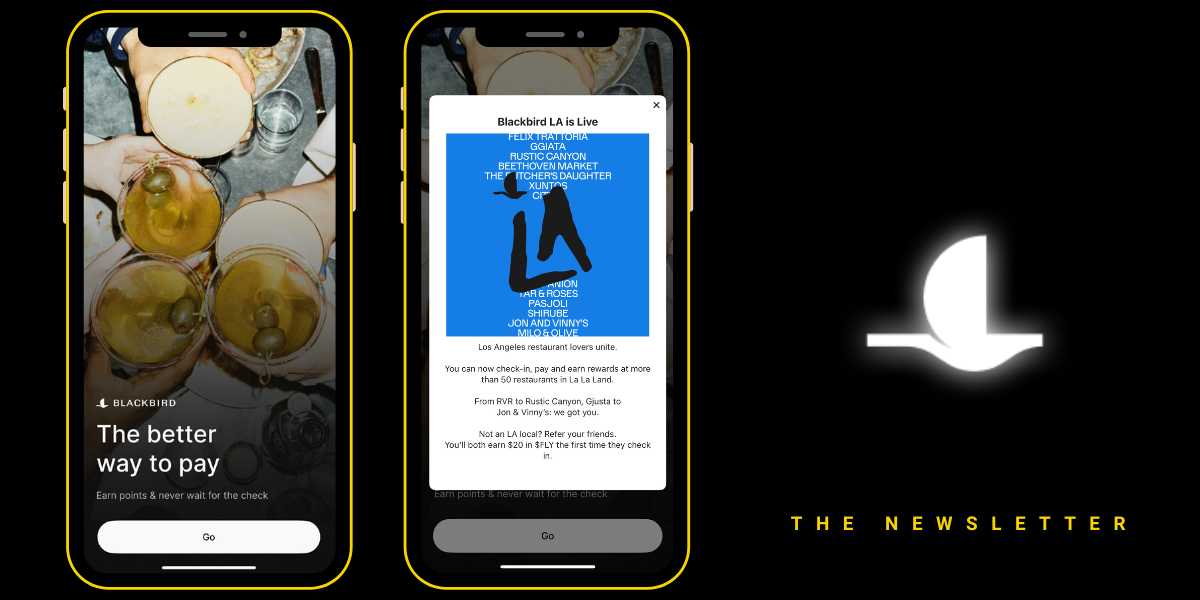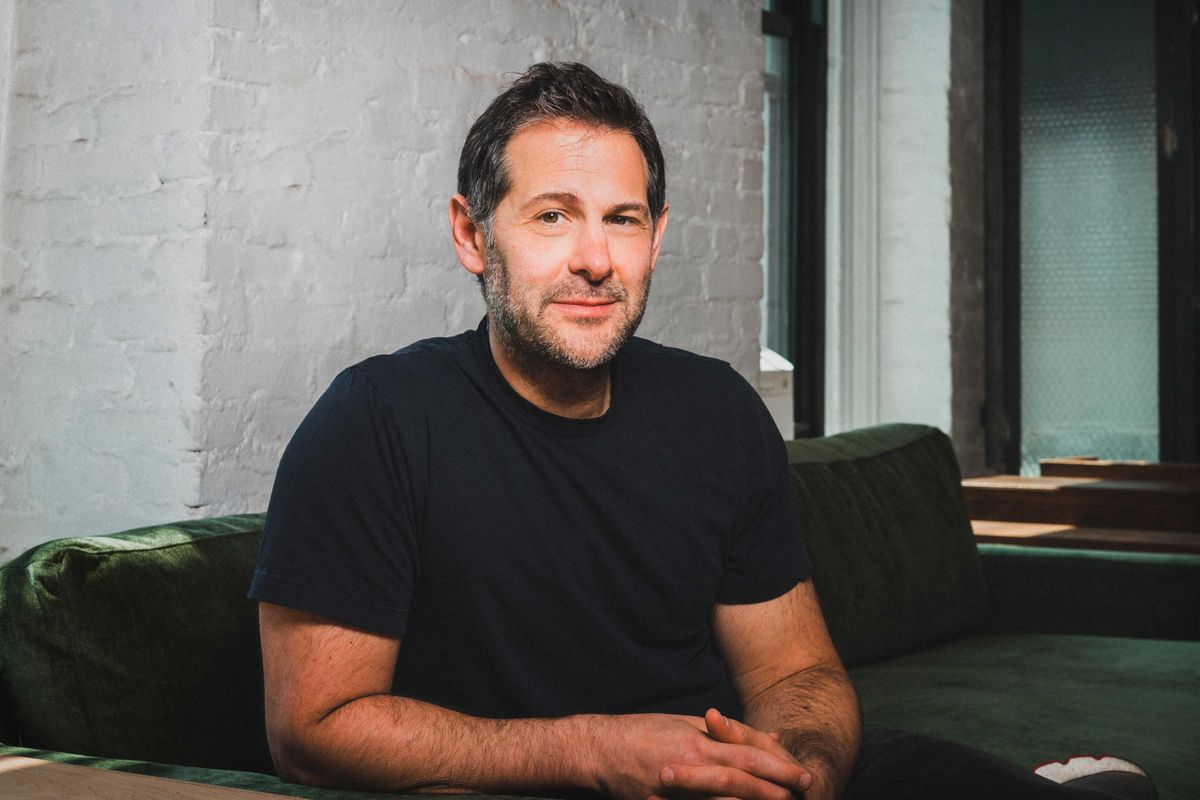Column: Our Tax Code Provides More Favorable Treatment to Private Jets than Private Philanthropy. Here’s How to Fix That

The COVID-19 pandemic has been devastating to families who have lost loved ones, and businesses that have lost everything. But it has also taken a significant toll on many nonprofits, charities and government agencies—and the people who rely on them.
About 22,000 nonprofits nationally are in danger of closing because of COVID-19, says a study by Candid, a nonprofit that provides data about the sector. And according to a Johns Hopkins University study, 1.6 million people working at nonprofits lost their jobs between March and May of this year. On top of all this, many organizations are expecting their signature fundraisers to raise only about half of what was projected.
Sadly, this impact to nonprofits comes as the need across the U.S. has grown to unprecedented levels. According to the Congressional Research Service, this past April, America broke a record that we all should pay attention to – every state and the District of Columbia reached unemployment rates greater than their highest unemployment rates during the Great Recession.
In my home of Los Angeles County, with over 760,000 people unemployed, 12% of nonprofits are expected to close by year-end, with the remaining seeing a 400% increase in need, according to a recent report by the County of L.A.'s Economic Resiliency Task Force for the Philanthropy/Nonprofit Sector. This holiday season, philanthropy is needed more than ever.
With so many people out of work and others on reduced incomes, especially in industries like hospitality and entertainment that make up such a large part of our economy in California, it is hard to ask people to dig deeper into an empty pocket. But there are some deep pockets that can be tapped — and we can do that by changing our tax laws to unlock vast sums of already tax-deducted money at a time it is needed most.
It is simple: Our tax structure needs to be reworked to better incentivize charitable giving, and just as important, push foundations and other donors to get money to work quickly for those it has been pledged to help. I have been advocating on this for years, meeting with legislators here in my Southern California home and on Capitol Hill.
That is why I have joined the Initiative to Accelerate Charitable Giving, a group announced on Giving Tuesday that is made up of a broad coalition of philanthropists from a wide range of backgrounds and industries, including John Arnold and Kat Taylor, as well as the Hewlett Foundation and Ford Foundation signing on to our goals. We have come together to push for changes in our tax laws to unlock philanthropic funds at a time of desperate need.
We cannot wait to fix our clogged philanthropic pipeline. It is an emergency. With the Biden administration coming in, this is a bold move that can pay immediate dividends if prioritized.
Currently, $1 trillion sits in private foundations and $120 billion more in donor-advised funds, charitable giving vehicles that provide donors with immediate tax deductions even before the funding is distributed to working charities. To put that into perspective, that is more than half the $2.2 trillion spent on the CARES Act, the largest government stimulus program in U.S. history. I know firsthand just how much good could be done if that funding was unleashed.
As co-founder of the Partnership for Los Angeles Schools, I have seen the value of philanthropy up close. The Partnership manages 19 of the highest-need public schools in Los Angeles, serving 14,200 students — working under and with full accountability to the Los Angeles Unified School District. Our efforts have more than doubled graduation rates in Partnership schools for an incremental $675 per student in additional funding, fully paid for by philanthropic dollars.
Nine out of every 10 people in the United States receive no tax benefit from their philanthropic giving. Americans routinely rank high on lists of charitable giving. We are generous people. Imagine how much more we could give if the government removed some obstacles.
Our tax code provides more favorable treatment to private jets than private philanthropy. It is past time to strengthen and expand the new non-itemizer deduction, providing a real tax incentive for almost all Americans to donate to charities, no matter the size of the donation.
And for the wealthiest among us, we also need policies with real teeth that ensure donor-advised funds fulfill their stated purpose. Today's laws simply do not do enough to push these funds to help people in need quickly, even though donors get full tax benefits up front. We ought to change the laws to revoke these generous tax advantages if the contributed funds are not distributed to charities by a certain time.
Foundations can also do more, getting funds in the hands of charities on the ground rather than keeping it locked up in ivory towers. Far too many foundations dole out the federally mandated minimum of 5% every year. That handcuffs them from making bold, sustainable and long-range commitments to solve today's real problems. It also makes it much more difficult to acquire and retain the expertise to adequately address them.
This fall, people across the country and here in Los Angeles turned out to vote in record numbers despite every conceivable obstacle in their path. They want to make the world a better place. The least we could do is fix our laws to help everyone do a little more good.
Melanie Lundquist is an activist philanthropist and co-founder of the Partnership for Los Angeles Schools. She is a member of the Initiative to Accelerate Charitable Giving and a signatory to the Giving Pledge.





 Image Source: Blackbird
Image Source: Blackbird